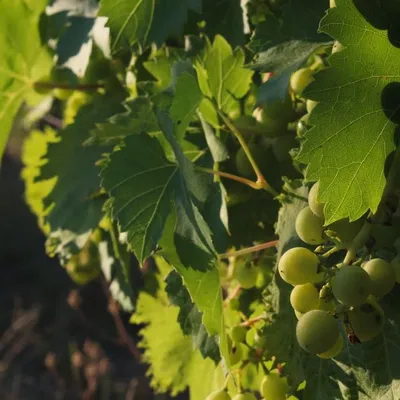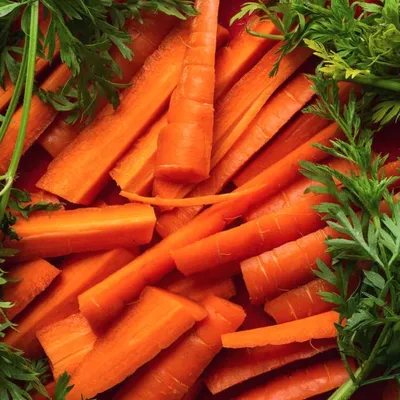
Sicily is particularly rich in culinary and wine-making excellence.
This is certainly aided by the Mediterranean climate and the variety of habitats and terrains, ranging from the sea breeze to the highlands.
And yet, there is so much life that also springs up under the slopes of Mungibbeḍḍu, or Mount Etna.
Among the many specialties of the volcanic territory, the Etna cherry also grows, with its unmistakable bright red color. This is a product that can boast a great distinction: it is in fact the only Italian cherry to have obtained the PDO (Protected Designation of Origin) mark so far.
From Asia Minor to Sicily
The cherry is better known in Sicily as cirasa. This is a linguistic term that is closer to the name the Romans gave the fruit: ceresia.
The latter actually derives from the Greek kérasos, certainly linked to the city of Cerasunt in Pontus (in the northeastern part of Asia Minor, in modern-day Turkey). From here, according to Pliny the Elder, the cherry tree was imported to Rome. The Roman author stated, “Cerasia non fuere in Italia” (“Cherries did not exist in Italy”).
According to Pliny the Elder (who distinguished the Cerasus from the Prunus, the plum tree) the merit of having imported the cherry tree belongs to the Roman consul Lucius Licinius Lucullus.
After defeating the Pontic king Mithridates in 74 BC, he brought the seeds of the Prunus Avium to his homeland.
The tree, over the next two centuries, spread to all the territories of the Roman Empire, reaching as far as remote Britain.
An alternative interpretation
Yet, this hypothesis of Pliny the Elder has been refuted by the Swiss botanist Alphonse de Candolle.
In 1882 he stated that cherry seeds were found in some pre-Roman settlements in the Po Valley and in ancient pile dwellings in Switzerland.
It is true that Prunus Avium seeds have been found in Bronze Age settlements throughout Europe, dating back well before 74 BC, so Pliny the Elder’s would be a misinterpretation.
Probably what Lucullus imported was a particular type of cherry, coming from the Caucasian region, and that Prunus Avium trees were already present in the Old Continent.
After all, we have no other news of the origin and dating of the Prunus Avium, the sweet cherry tree. It is distinguished from the Prunus Cerasus (from whose name the modern cirasa derives) which is the sour cherry.
Diffusion of the cherry
Whatever the origin of the cherry, over the centuries its spread has been unstoppable, extending its cultivation area from the Mediterranean to the Far East.
Cherry trees are found throughout continental Europe, in Great Britain, in the cold of Russia and the Scandinavian peninsula, crossing the Mediterranean to Morocco and the Asian steppe to the north of Iran and some slopes of the Himalayas.
Today the largest cherry producers are Turkey, the United States and Uzbekistan.
Italy ranks sixth with an annual production of at least 35,000 tons.
The Bel Paese, thanks to its great variety of environments and climates, can boast an extensive variety of this fruit, which is also present in the northernmost regions thanks to its notable resistance to cold.
But it is in the warm and windy regions of the South that the tree finds its ideal habitat. This is because it does not like standing water but at the same time prefers not too dry soils.
The Etna PDO Cherry
 Photo by Samir Kharrat on Unsplash
Photo by Samir Kharrat on Unsplash
And it is precisely on the slopes of Etna that the cherry finds its ideal environment. In this area, there are indeed many famous productions of different varieties of cherries.
It is no coincidence that the volcano itself is often associated with this fruit, which colors the various slopes of the massif.
The peculiarities of the Etna PDO cherry are therefore attributable to the characteristics of the place, but also to the human factor.
If it is true that the amount of sun and wind characteristic of the eastern side of the volcano, facing the Ionian Sea, are favorable to the good growth of the tree, it is also true that the proximity to Etna and the inevitable presence of rough and barren soils have required a great deal of work from the local farmers.
The Etna growers had to resort to various tools. Among these, the collection of underground water tables through land reclamation, thus transforming the sciare (a term derived from Arabic meaning literally “burnt land”) into fertile and lush land.
Continuous work by the many farmers, which thus allows a constant growth of this excellence, which presents different degrees of ripening along the various warm months.
Characteristics of the Etna PDO Cherry
This superb fruit is produced by a particular variety of Prunus Avium, called Mastrantonio, recognizable already on the outside, by various distinctive features. Among these, in addition to the already mentioned bright red color, we add the large size of the fruit (above average) and the length of the peduncle, or the upper stem.
Tasting it, the Etna PDO cherry differs from other varieties for its crispy exterior and a compact pulp, but above all for its low acidity, which makes it a sweet but not cloying fruit, unlike other varieties.
Another distinctive feature of the Etna PDO cherry is its maturation times.
They are much longer than the canonical period from late May to the last days of July.
On the contrary, the Etna specialty has a more extended harvest thanks to the characteristic of the volcano, which rises progressively from sea level, allowing for more differentiated cultivation.
Harvest and marketing of the Etna PDO cherry
Due to this nature, this excellence is cultivated in almost all the foothill municipalities, starting from those facing the Ionian Sea such as Acireale, Riposto, Fiumefreddo di Sicilia and Giarre, rising up to 1600 meters above sea level in the territories of towns like Adrano, Castiglione di Sicilia, Belpasso and many others.
The harvest is strictly done by hand, carried out with care and attention, avoiding detaching it from the peduncle. This is to prevent the possibility of infections and to maintain the typical properties of this excellence.
The Etna PDO cherry is then stored in cool and dry places until packaging, which must take place within 12 hours of the harvest, and the subsequent sale, guaranteed by the PDO mark of which this specialty enjoys.
The fruit can then be eaten on its own, thanks to its already known sweetness that does not, however, exceed the limits, allowing an enjoyability that does not exempt it from the famous saying “one leads to another.” It is also possible to use the Etna PDO cherry for the preparation of jams and preserves, but also for savory dishes like duck.
An immense wealth for the entire Etna industry, which inevitably and rightly advertises its excellence with fairs and events. Among these, if you find yourself on the slopes of Etna in the last week of June, we recommend you to attend the Cherry and Rose Festival, which has been held for more than 70 years.
In addition to this, there is the so-called Cherry Queen, which takes up an ancient popular festival celebrated during the fruit harvest in the locality of Fondo Macchia in Giarre.







